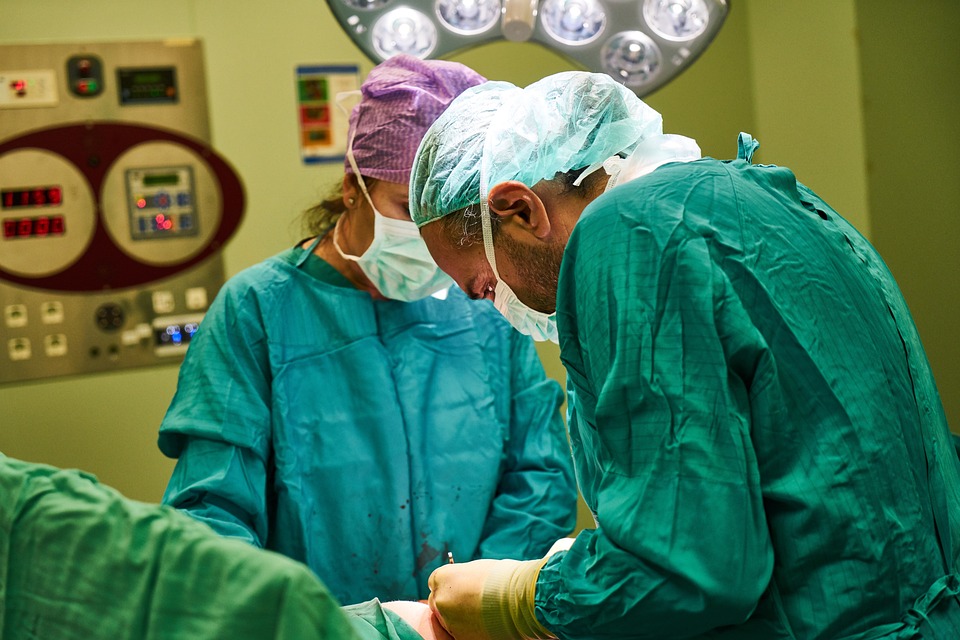Medical treatment has come a long way. A recent development is the use of robotic surgery in cancer treatment. It is a minimally invasive surgery that involves the use of robotic arms to perform surgical procedures.
The main advantage of robotic cancer surgery is the precision and accuracy it provides. Traditional surgery requires larger incisions, which leads to more pain, longer hospital stays, and a longer recovery time. In contrast, robotic surgery involves smaller incisions, which results in less trauma to the body and a faster recovery.
Not only does robotic surgery speed up the recovery process, but it can also reduce the risk of complications during surgery. Due to its high precision, it minimizes the risk of injuring surrounding healthy tissue. Furthermore, the surgeon has a clear view of the surgical site while performing the procedure, which aids them in making accurate cuts and incisions.
Despite the benefits of robotic cancer surgery, it is not suitable for every patient. The surgeon must first evaluate the patient’s health status and determine whether or not it is the best option for them.
Robotic cancer surgery is transforming the way surgeries are performed. It provides patients with a faster recovery time, less pain, and a lower risk of complications. Medical professionals continue to explore new technologies to enhance patient outcomes and improve healthcare delivery.






